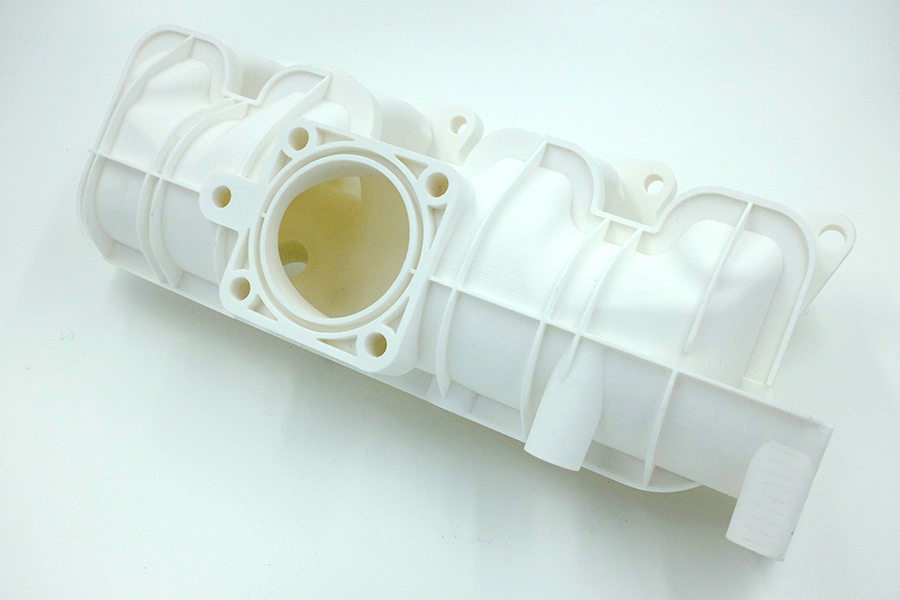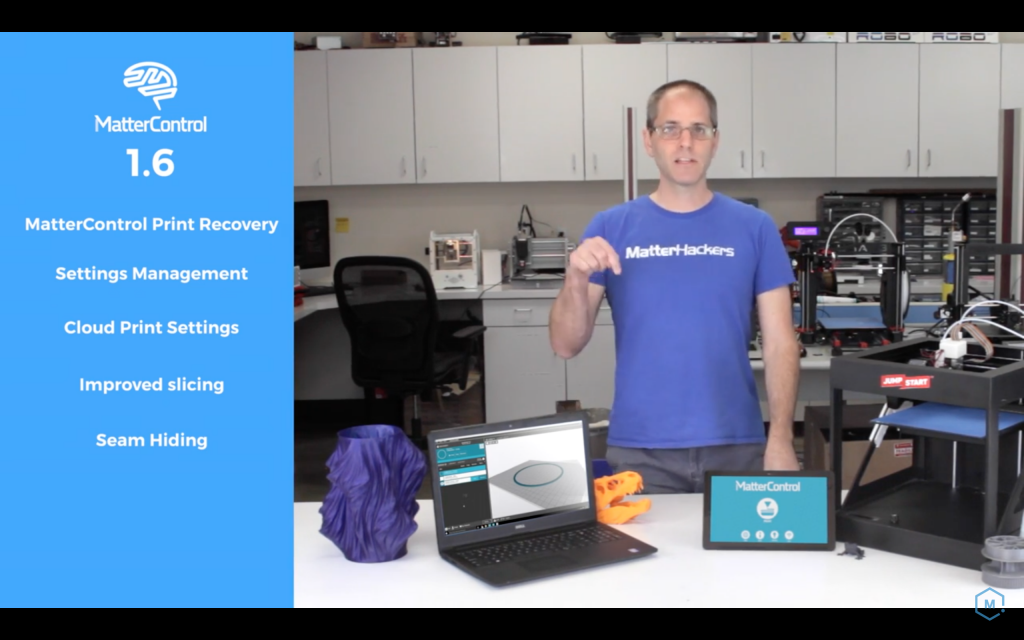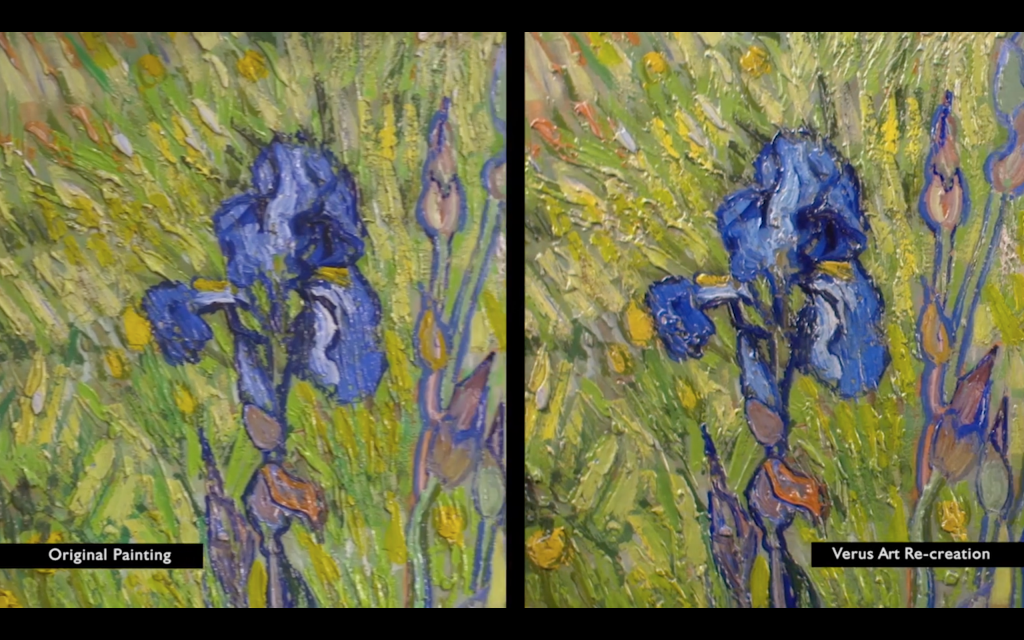Because the 3D printing world moves fast – we’ve Sliced some of the news to keep you up to date. Read on for news about MatterHackers, Xiaomi, Farsoon, advances in 3D printed materials and more.
The truth behind Xiaomi 3D printer rumours
Last week, 3DPI reported the rumor that Xiaomi, China’s answer to Apple, is launching a 3D printer. We followed the leaked photos back to a Yeehaw 3D crowd-funding campaign, as the company have a 3D printer that appears identical to the leaked images of the Xiaomi ‘mi’ printer. Yeehaw have denied any collaboration with Xiaomi at present, but it appears the leaked image were the product of discussion between the two companies. Yeehaw said that they branded their printer with the ‘mi’ logo just to give a preview of what it would look like.

Chinese 3D printer co Farsoon enter Europe
On the last day of formnext 2016, German company Laser Sintering Services (LSS) announced its partnership with Farsoon to distribute their printers in Europe. Farsoon offer industrial grade 3D printers for manufacturing metal and plastic components. The company also makes all of its own materials for the plastic and metal 3D printing machines, including filled nylon powders, stainless steel and cobalt chrome. LSS will also provide customer support, and conduct research and development for Farsoon. Commenting on the partnership, Guido Elbrecht, CEO of LSS, said:
Having started as a service provider for laser sintering equipment and now being a well-known solution development partner with an excellent reputation, we see this significant investment and commitment from Farsoon as a chance to grow LSS faster and expand out activities in Europe.

Oil and gas industry take note of Indmatec
A recent of issue of InnovOil, a publication covering all the latest innovations in the gas and oil industries, has a feature on Indmatec’s HPP 155 printer. The HPP 155 is a desktop-sized machine capable of printing high grade PEEK plastic. Indmatec are hoping that the development of their HPP 155 could see it entering the market alongside General Electric and Carbon who already use 3D printing to manufacture parts for the gas and oil industries. Speaking to InnovOil, Indmatec CTO Professor Brando Okolo said that the company has ‘…considered the governing scientific rules of the material in the printer design [making] Indmatec’s PEEK 3D printer unique.’

Free 3D print software gets powerful upgrade
3D printing developers and online marketplace MatterHackers have just released a new version of its free MatterControl software. MatterControl 1.6 has an improved user interface and slicer engine making translating 3D model to printed object much easier. The software can also estimate how much it will cost to print an object, alongside the print time, length, volume and total mass. The first update of their popular software was covered by 3DPI back in 2014. It was already pretty user friendly at the time, and 5 versions later it has only gone from strength to strength.

3D scanning and printing is not just for sculptures
If you’re a frequent reader of 3DPI you will already be familiar with MyMiniFactory’s Scan the World project – an online archive of 3D sculptures and art objects, otherwise known as ‘a museum without walls’. A new project from Vancouver-based Arius Technology optical scanning systems, is now doing the same thing for some of the most famous paintings in the National Gallery of Canada. The project, titled Verus Art, has replicated works by Van Gogh, Cézanne, Degas and Monet by first scanning the originals, and then 3D printing the paint onto an aluminium tile. The detail of the replica is almost indecipherable from the originals as they include all the same bumps, cracks and imperfections.

Featured image shows the 3DPI Sliced logo over Arius Technology 3D scanning plot points. Original image via: Verus Art on Facebook


